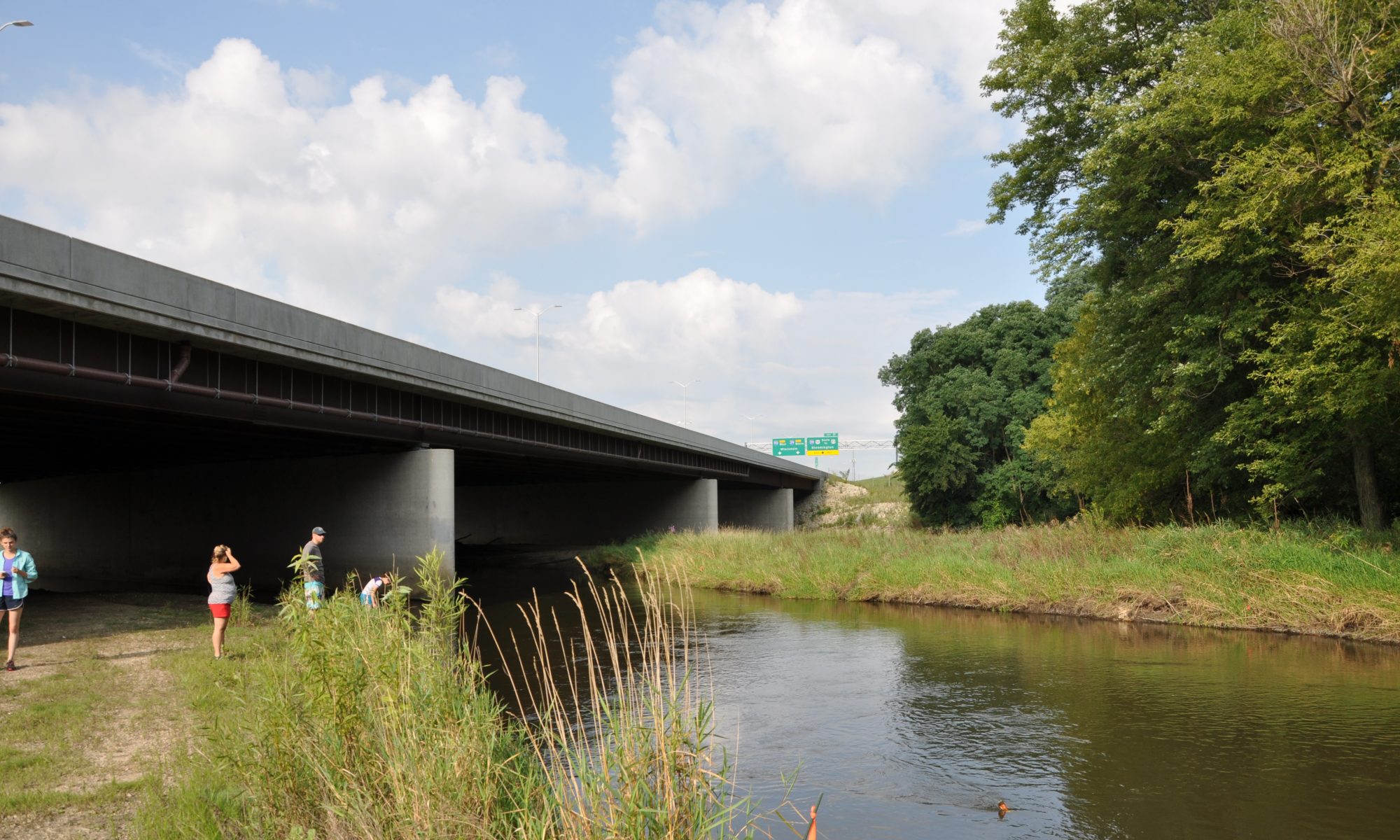The Tollway helped fund restoration of over 180 acres of wetlands, prairies and savannas in Hadley Valley Forest Preserve. This restoration is the largest in Will County Forest Preserve history, totaling 500 acres. It included dechannelizing Spring Creek and restoring wetlands and habitat for wildlife. Step pools were installed which slow the flow and create pools, but also fragment the stream during low flow periods.
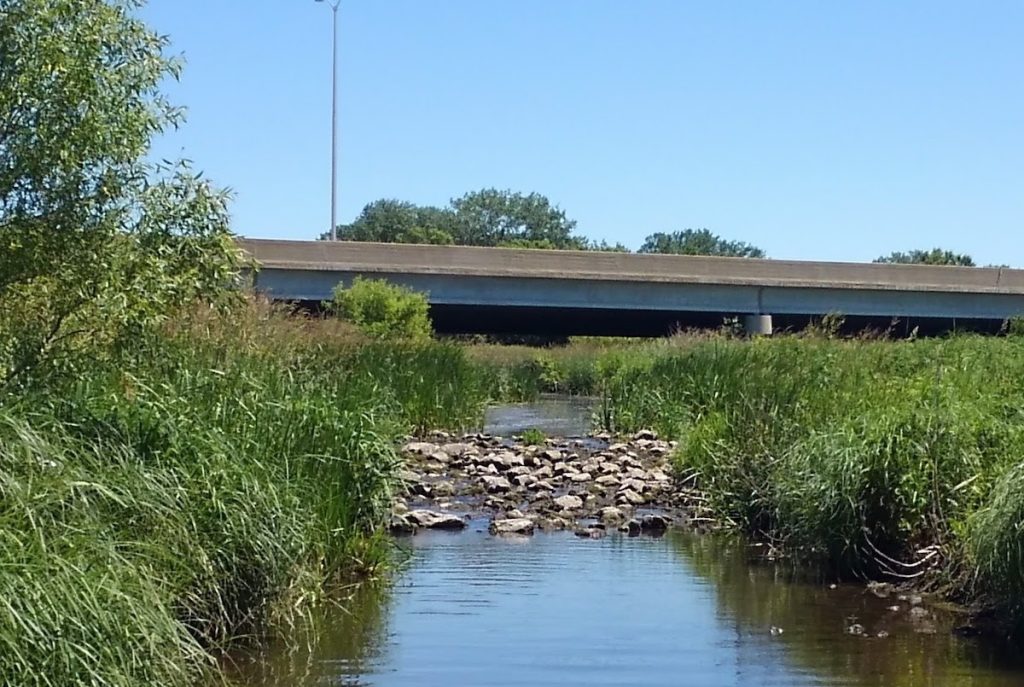
We visited this site in 2017 to survey birds, aquatic macroinvertebrates, fish, and mussels. We returned in 2022 to survey for bats, butterflies, bees, birds, reptiles, amphibians, fish, and mussels. In the 1980s, prior to the construction of I-355, INHS conducted surveys of fishes and aquatic invertebrates at Spring Creek.
Fish
Mussels
Birds
Bats
Butterflies
Bees
Reptiles & Amphibians
Moths
Aquatic Invertebrates
2022
14
5
46
7
10
8
4
6
–
2017
9
3
39
–
–
–
–
–
22
Pre-355
13
2
Overall, diversity of invertebrates was higher in the 1980s than in 2017. For instance, while several species of crayfish were present in the 80s, only the invasive Rusty Crayfish was present by 2017. Macroinvertebrate surveys of the 80s were dominated by oligochaetes (aquatic worms), isopods, amphipods, and dipterans (fly and midge larvae), while those in 2017 were dominated by mayflies, dipterans, beetle larvae, amphipods, and planaria.
Mussel diversity seems to be increasing. A few Cylindrical Papershells and Ellipses were found as well as a dead Slippershell in the 80s. In 2017 we found Slippershell, Lilliput, and Giant Floater and in 2022 we found Paper Pondshell, and Ellipse as well as Slippershell, Lilliput, and Giant Floater.
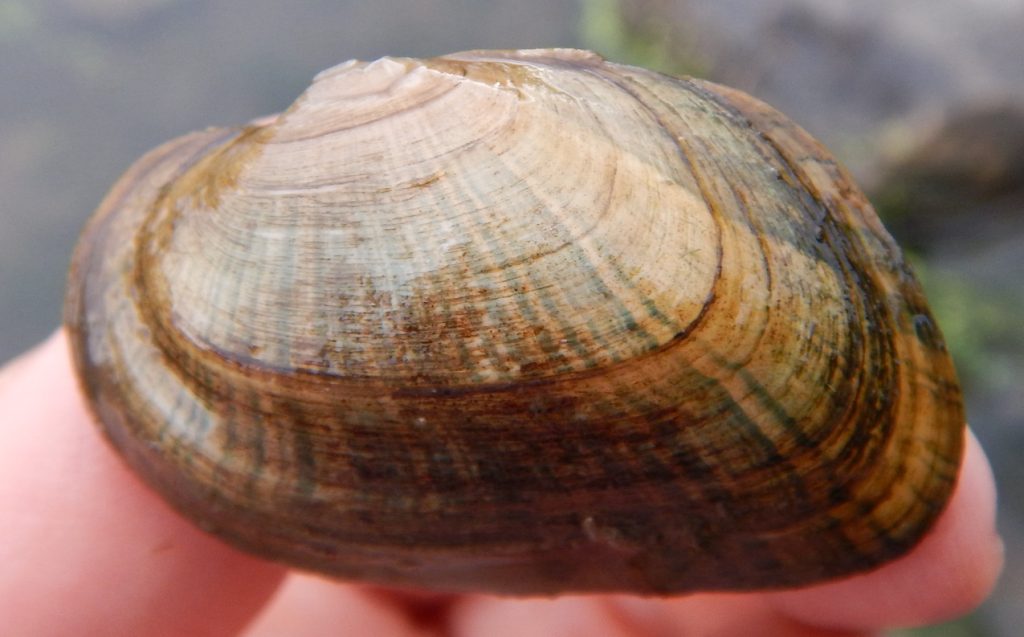
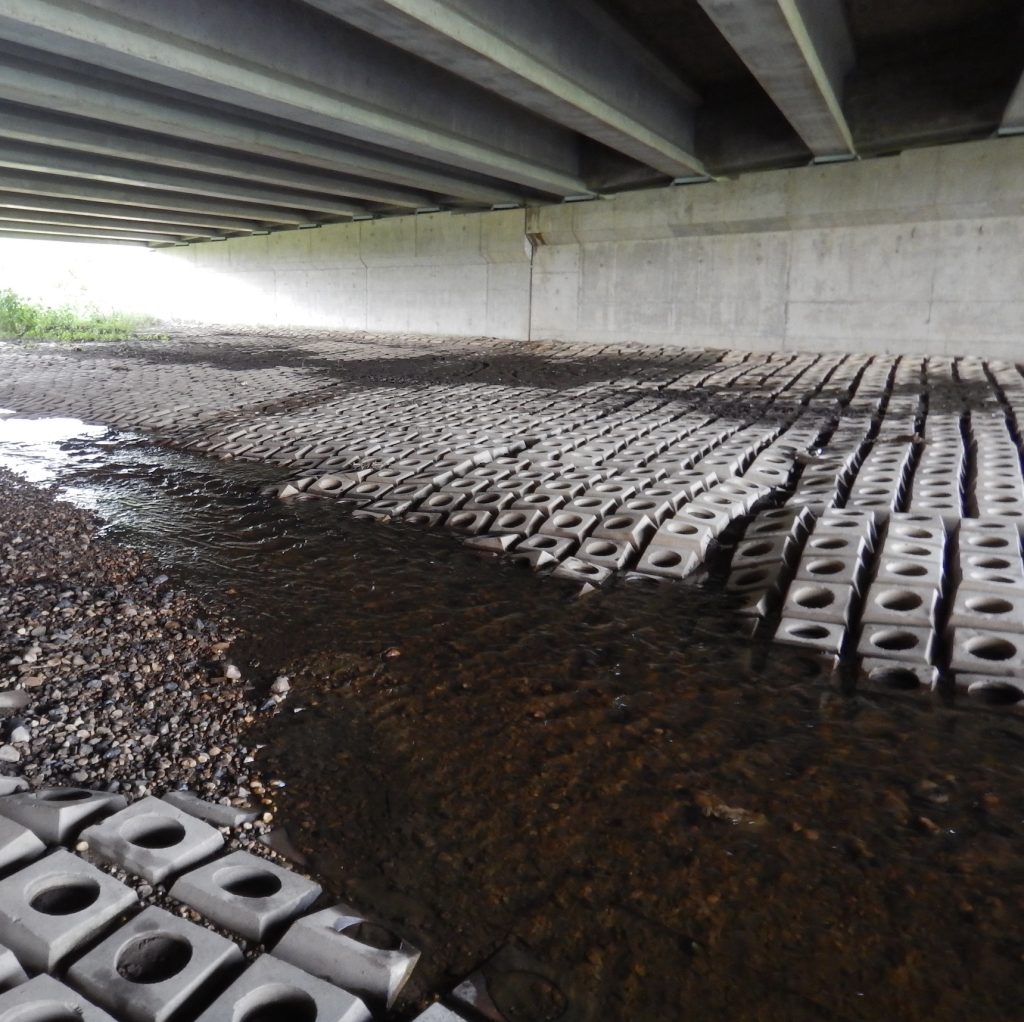
In 2022, we found 14 species of fish: Central Stoneroller, Fantail, Darter Johnny Darter, Orangethroat Darter, Green Sunfish, Black Bullhead, White Sucker, Creek Chub, Blackstripe Topminow, Bluegill, Largemouth Bass, Pumpkinseed, Bluntnose Minnow and Fathead Minnow. This was 5 more species than found in 2017. In the 1980s, Southern Redbelly Dace, Smallmouth Bass, and Bigmouth Shiner were present, but Largemouth Bass, Blackstripe Topminnow, Pumpkinseed, and Bluegill were not.
We observed 415 bumblebees of 8 species in 2022. The most abundant species was the Common Eastern Bumblebee. There were no threatened or endangered bumblebees, but there were 2 SGCN Half Black Bumblebee.
We detected 11 species of butterflies including the SGCN Monarch Butterfly in 2022.
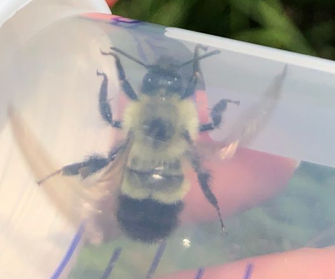
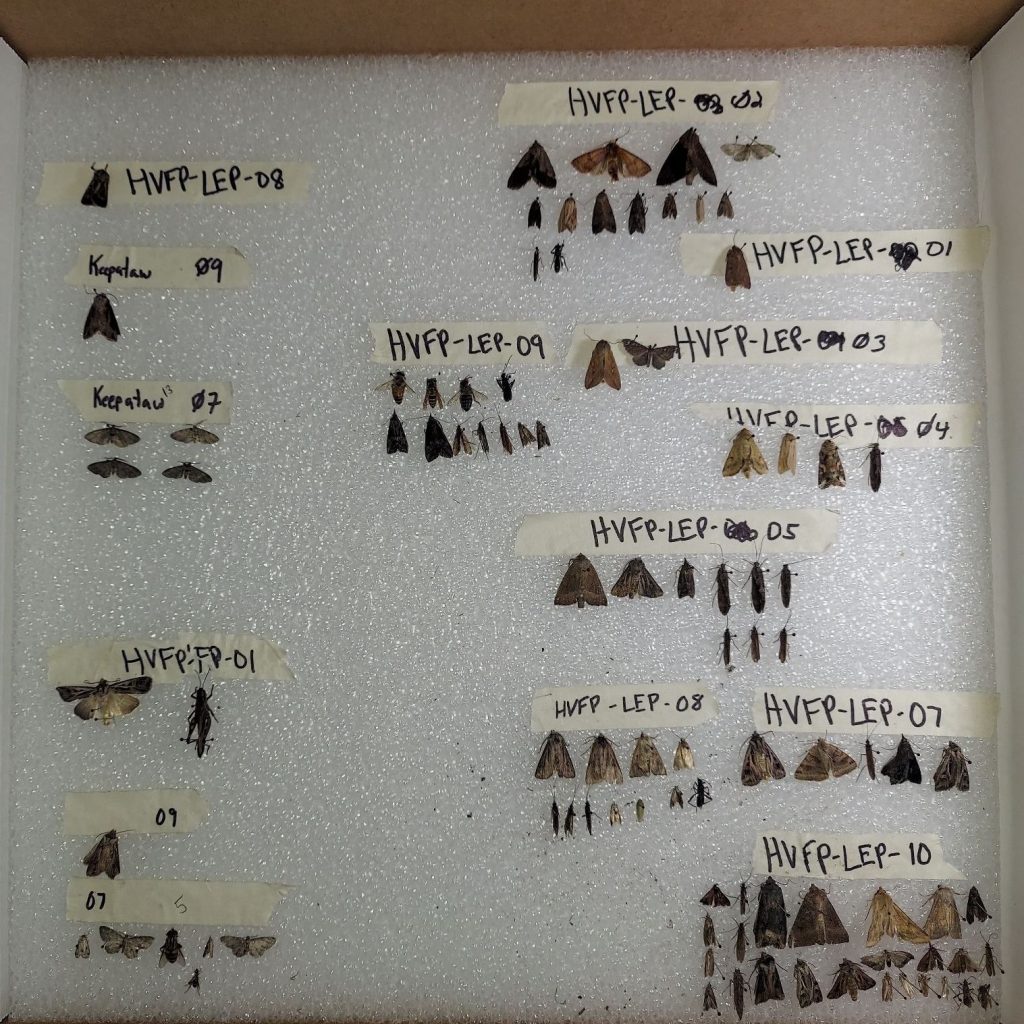
Diversity of reptiles and amphibians was low in 2022. We caught 1 Common Snapping Turtle in 2107 hours of trapping at Hadley Valley. During 15+ hours of visual encounter surveys, we found 1 Common Garternake. We caught 379 tadpoles and 144 metamorphs of Boreal Chorus Frog and American Toad.
We captured 21 individuals of 6 species of Stem Borer moths in 2022, which was the highest diversity of our surveys for the year.
In 2022, we deployed acoustic monitors for 29 nights and detected Big Brown,
Eastern Red, Hoary, Silver-haired, Little Brown, Tricolored, and Evening bats at Hadley Valley though given the seasons, it is likely that the Silver-haired was a mis-classified Big Brown.
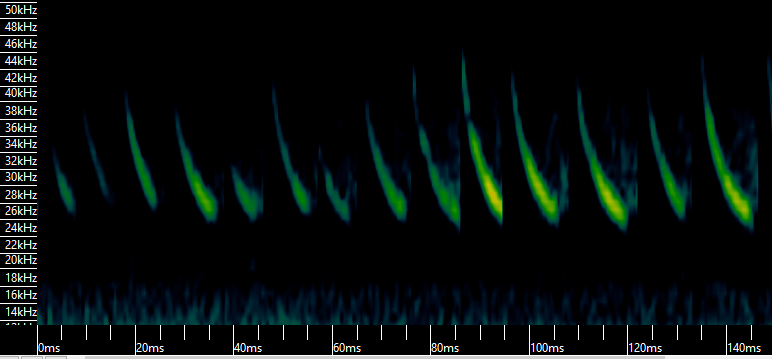
No threatened or endangered birds were detected in 2022, however species richness increased since our 2017 surveys. Specifically, more wetland and riparian species were found in 2022. Between the two surveys, 63 species of bird have been detected at Hadley Valley.
Reports and publications:
Rahlin, Anastasia A. , Jennifer M. Mui, K.C. Carter, Sarah A. Douglass, Tara Hohoff, Jeremy S. Tiemann, and Michael J. Dreslik. 2022. Biological surveys and monitoring of Veteran’s Memorial (I-355) corridor in 2022. INHS Technical Report 2022(23):1–134.
Ross, J.P., A.A. Rahlin, S.A. Douglass, J.L. Sherwood, A.J. Stites, E.E. Bilger, T.C. Hohoff, M.L. Niemiller, A.R. Világ, and M.J. Dreslik. 2018. Biological monitoring at streams and natural areas within the Interstate 355 corridor in 2017. Illinois Natural History Survey Technical Report 2018(6):1–40.
